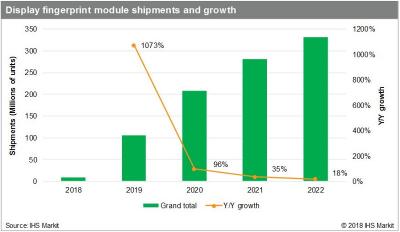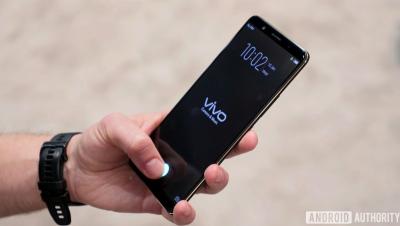The Holst Center to unveil new fingerprint sensor technologies at Display Week 2019
The Holst Centre announced that it will show several new fingerprint sensor innovations at Display Week 2019 next week. The research center will show a new high-resolution (500 PPI) under-the-display sensor that uses the Center's proprietary collimator technology as well as an in-display sensor concept that uses photolithography patterning to integrate the OLED and organic photo diodes (OPD) pixels side-by-side.
The Holst will also showcase a new over-the-display (suitable for LCDs) transparent sensor which at 70% the center says is the world's most transparent fingerprint sensor.









